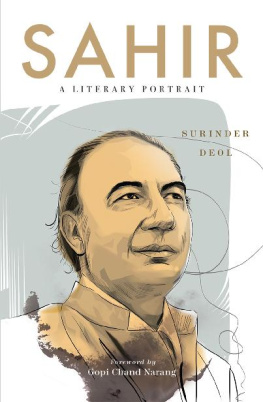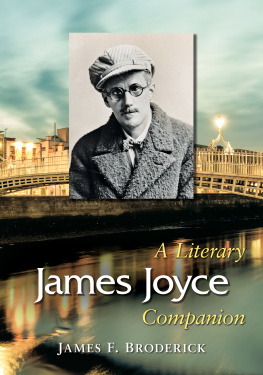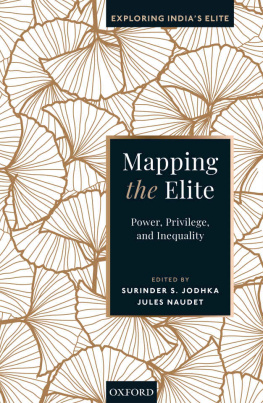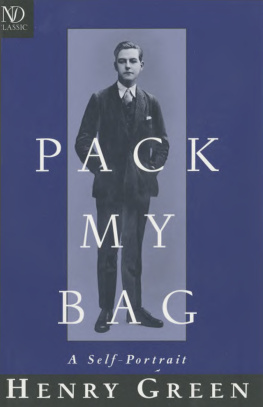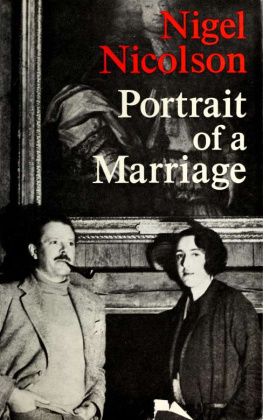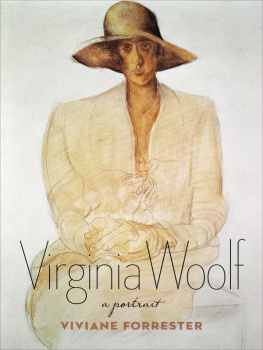Sahir
Sahir
A Literary Portrait
Surinder Deol
Oxford University Press is a department of the University of Oxford.
It furthers the Universitys objective of excellence in research, scholarship,
and education by publishing worldwide. Oxford is a registered trademark of
Oxford University Press in the UK and in certain other countries.
Published in India by
Oxford University Press
22 Workspace, 2nd Floor, 1/22 Asaf Ali Road, New Delhi 110 002
Oxford University Press 2019
Foreword Gopi Chand Narang
The moral rights of the authors have been asserted.
First Edition published in 2019
All rights reserved. No part of this publication may be reproduced, stored in
a retrieval system, or transmitted, in any form or by any means, without the
prior permission in writing of Oxford University Press, or as expressly permitted
by law, by licence, or under terms agreed with the appropriate reprographics
rights organization. Enquiries concerning reproduction outside the scope of the
above should be sent to the Rights Department, Oxford University Press, at the
address above.
You must not circulate this work in any other form
and you must impose this same condition on any acquirer.
ISBN-13 (print edition): 978-0-19-949905-2
ISBN-10 (print edition): 0-19-949905-5
ISBN-13 (eBook): 978-0-19-909838-5
ISBN-10 (eBook): 0-19-909838-7
Typeset in Minion Pro 10.5/13.5
by Tranistics Data Technologies, Kolkata 700 091
Printed in India by Replika Press Pvt. Ltd
Poetry is a deep inner calling in man; from it came liturgy, the psalms, and also the contents of religions. The poet confronted natures phenomena and in the early ages called himself a priest, to safeguard his vocation Todays social poet is still a member of the earliest order of priests. In the old days he made his pact with the darkness, and now he must interpret the light.
Pablo Neruda
Memoirs
Publishers Note
Every effort has been made to contact the copyright holders, some of whom could not be identified or located. Any information brought to notice regarding these copyright holders will be acknowledged in future reprints of the book.
Oxford University Press India would like to thank Mr Amar Nath Verma, Chairman, Star Publications (P) Ltd, for his wonderful stories about Sahir Ludhianvi and for granting permission to reproduce his poetry.
Contents
When we want to write about Sahir, we face a dilemma: where do we startand how do we bring a conversation about him to a fruitful conclusion? Nearly 40 years have passed since his death, but his poetryset to music by some of the best music directors of our timenever fails to connect with our deep-seated emotions and longings. Sahir made his mark as a literary star in the 1940s, when there was no dearth of highly talented romantic or revolutionary poets, dazzling everyone with his talent. That could be a good starting point. Or we could talk about how he birthed a new kind of songwriter, one who redefined what it meant to be a film lyricistnot an unknown presence behind the scenes, but one who enjoyed celebrity status on his own terms.
It has been reported in the press that Sahir is going to be the subject of a Bollywood biopic. Why didnt someone think of that before? Millions of people who dont know the poet would get a chance to be mesmerized by the lyricism of his words.
Sahir had a fractured educational career. As a high schooler, he attended a Sikh denominational school. So though he didnt know much about Islam, the religion of his parents, he learnt a lot about Sikhism. He also learnt how to write a poem or a ghazal in Urdu here, because of the instruction he received from one of his teachers. And then there were disruptions. It is not clear whether he was expelled from Government College in Ludhiana or he left it on his own. He never earned the degree that he aspired to, despite attending two other colleges in Lahore. But in the larger scheme of things, he didnt attach much importance to this lack.
Attending mushairas was a craze for the younger generation at that time. Imagine Sahir getting on the stage. The hall is filled with young students who cheer each line that he speaks with cries of mukarrar! And when he recites his best poem, Taj Mahal , he wins the hearts and minds of his audience many times over. Theres always a long queue of studentsmale and femalewanting his autograph.
At a public event in Lahore where Sahir read Taj Mahal , there was a slim, delicate, and extremely beautiful young girl who stood at the end of the queue. When it was her turn for an autograph, she extended her hand instead of the customary notebook. Sahir took a pen and wrote on her palm, I have signed a blank cheque. You can cash it any time.
Long before this event, there was another mushaira about which Kanhaiya Lal Kapoor has writtenheld in Lahores Government College. This was the time when the wave of the Progressive Writers Movement, led by Sajjad Zaheer, was at its peak. A senior poet, Ehsan Danish, was presiding. Josh Malihabadi was also on the stage. At the start of the event, an unknown young poet was asked to recite his work. The poet got up from one of the back rows and climbed the stage. He recited just one poem Mujh Se Pehli Si Muhabbat Mere Mahbuub N Maang . There were cheers, but the young poet, unconcerned about the applause, quickly disappeared into the crowd. Others came and read their work, but the one who had caused the commotion was nowhere to be seen. That was Faiz Ahmed Faiz, and the poem was part of Faizs first anthology, Naqsh-e Fariyaadi. In the same way, Talkhiyaan , Sahirs first poetical collection, had Taj Mahal as the key thematic poem. Both these volumes are treasures of modern Urdu poetry and they have appeared in several anthologies of the poets works and of Urdu poetry.
I mention these incidents and these poetical volumes to highlight the fact that these two poems point to the differences between these young poets and their creativity. Faizs work featured a highly innovative fusion of romanticism with a strong flavour of revolutionary thinking and deep empathy for the downtrodden, along with distinctive similes and metaphors that were new to Urdu poetry. His poetic artistry reached new heights as he struggled with oppression and the forces that wanted to silence his voice. Sahir, in a way, bid adieu to the political revolution to which progressive poets like Faiz were deeply committed and joined the film industry. But to his credit, he never stopped writing about social injustice, about the sufferings of the poor and the victims of oppression. The differences between these two poets are puzzling and they do not lend themselves to easy explanations.
As I talk about Sahir, I cannot stop thinking about my first meeting with himit happened in a location known for many historical twists and turns. Let me explain. After the events of 1857, Delhi as a city was devastated. There was a new world that was about to be born. The British rulers cleared the area surrounding Red Fort and thus destroyed some historic alleysiconic streets and neighbourhoods we associate with poets like Mir and Ghalib. Similarly, nothing much was left around Jama Masjid. But, in due course, life resumed. The shopkeepers returned. The new attraction was Victoria Park, and it had a statue of Queen Victoria glamorously riding a horse. After Independence, poet Naresh Kumar Shad remarked that it was easy for the queen to get on horseback, but a lot of effort was required to bring her down to earth.



